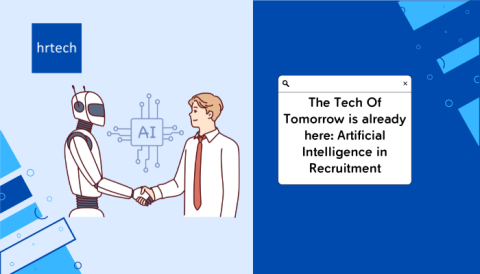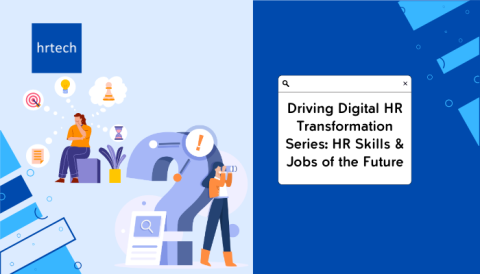TL;DR
- Talent acquisition focuses on long-term hiring needs, while recruitment usually reacts to immediate gaps in the team.
- A clear hiring strategy starts with business goals and works backward to define roles, timelines, and sourcing plans.
- Strong candidate experience depends on fast communication, simple processes, and consistent follow-ups during every stage.
- Metrics like time to hire, offer acceptance rate, and candidate feedback help track what’s working and what needs to change.
- TeamLease offers staffing, HR tech, and learning services designed to support hiring teams at every stage of the process.
Introduction
Hiring the right people isn’t just a task; it’s a constant pressure. You’re expected to find top talent fast, without compromising on fit or quality. When roles stay open too long, business momentum takes a hit, and team morale often follows.
But finding those candidates is getting harder. According to recent reports, 56 percent of employers say talent shortage is the biggest challenge in their hiring process. You’re not just up against competitors. You’re also dealing with changing skill demands, dropouts, and an overloaded talent pool.
In this blog, you’ll find a clear view of how talent acquisition works and why it matters. You’ll see how it differs from recruitment, what best practices look like, and where tools and teams fit in. If you’re leading HR or people strategy in India, this will help you rethink how you approach staffing.
What Is Talent Acquisition?
Talent acquisition is not limited to posting jobs and reviewing resumes. It’s a forward-looking approach to building your workforce. You’re setting up a pipeline for future roles, not just reacting to immediate needs.
It covers sourcing, employer branding, workforce planning, internal mobility, and onboarding. You create systems that let your team identify the right talent across functions and experience levels.
This method gives hiring consistency. You reduce mismatches, cut delays, and improve long-term retention. That’s what provides talent acquisition with real impact.
Now, let’s see how it compares with recruitment and why the distinction matters.
Talent Acquisition vs. Recruitment
These two terms often overlap in conversation, but they serve different purposes. Recruitment is short-term. Talent acquisition is continuous. Knowing the difference helps you set the right expectations.
Recruitment kicks in when there’s an open role. You move fast, screen candidates, and try to fill the vacancy. Talent acquisition works before that. It focuses on building talent pools, identifying future skills, and keeping hiring pipelines warm.
Recruitment helps you solve immediate needs. Talent acquisition enables you to avoid those emergencies in the first place.
Now that the difference is clear, let’s understand why talent acquisition deserves your attention.
Why Is Talent Acquisition Important?
When hiring happens only after a role opens, delays are inevitable. That delay often leads to rushed choices, weak onboarding, or early exits. Talent acquisition helps reduce those risks by preparing you ahead of time.
It also aligns your hiring goals with larger business plans. Whether you’re entering a new market, scaling a product team, or shifting priorities, your hiring efforts are on the right track.
Candidates also notice the process. A well-run experience leaves a strong impression, even on those who aren’t selected. It builds trust in your brand and encourages future applications.
To get these results, you need a strategy. That’s what we’ll explore next.
Talent Acquisition Strategy
A hiring strategy isn’t just about filling gaps. It’s about planning ahead so you’re not caught off guard. You need clarity on who, when, and how, before the role ever opens.
Here’s how to build a strategy that actually works:
- Start with business goals: Talk to department heads. Understand team plans. Hiring without context leads to short fixes, not long-term value.
- Map future roles: Identify key positions for the next few quarters. Rank them by urgency and impact.
- Plan your sourcing mix: Choose your channels, referrals, portals, in-house pools, or agency help. One size never fits all.
- Build timelines: Set dates for sourcing, interviews, and final decisions. Without timelines, hiring drags.
- Brand with purpose: Be specific. Show what your workplace stands for. Candidates can tell when you’re vague.
Once your strategy’s clear, it’s time to turn that plan into action. Let’s walk through the hiring process step by step.
Talent Acquisition Process

A structured hiring process keeps everyone on the same page. It reduces delays and improves consistency. Here’s what it usually looks like:
1. Workforce Planning
You identify upcoming roles and skills. This includes retirements, growth areas, and seasonal changes. Planning avoids last-minute searches.
2. Sourcing Candidates
You reach out through job portals, employee referrals, social media, and networking groups. Strong sourcing builds your talent pipeline early.
3. Screening and Assessment
You review resumes, assign tests, and conduct phone screens. The focus here is filtering for fit, both technical and cultural.
4. Interviewing and Evaluation
Structured interviews help reduce bias and improve selection quality. You prepare panels, ask targeted questions, and move fast.
5. Offer and Onboarding
Once the decision is made, you act quickly. A clear, timely offer followed by smooth onboarding makes a lasting difference.
The process works when it’s consistent. But the process alone isn’t enough. Next, we cover the habits that make it stronger.
Best Practices for Talent Acquisition
You don’t need complex systems to improve hiring. You need clear actions that reduce drop-offs and improve outcomes. These practices help you get there:
1. Build a Clear Employer Brand
Candidates want to know what you stand for. Share your values, work culture, and team stories. Be specific, not generic.
2. Create a Transparent Candidate Experience
Keep applicants updated. Share timelines, next steps, and feedback. Silence leads to dropouts and poor brand perception.
3. Shorten the Hiring Loop
Long hiring cycles lead to lost candidates. Define who decides what, and remove extra rounds that don’t add value.
4. Align with Hiring Managers Early
Agree on job expectations before posting. That single step reduces confusion and mis-hires.
5. Gather Feedback Post-Hire
Ask candidates and hiring managers what worked and what didn’t. Minor adjustments can make a big difference across teams.
Strong practices improve both speed and quality. To track how well it’s working, you need the correct data. That’s what we cover next.
Talent Acquisition Metrics and Analytics
Good hiring decisions come from precise data, not guesswork. These metrics give you a reliable view of performance.
1. Time to Hire
This tracks how long it takes from posting a role to accepting an offer. Shorter cycles usually mean better coordination.
2. Cost per Hire
Add up ads, recruiter time, referrals, and tools. This number helps you plan and justify your hiring budget.
3. Quality of Hire
Use early performance reviews and retention trends. Good hires stay longer and meet job goals.
4. Offer Acceptance Rate
A low rate points to mismatches in salary, role, or experience. High dropouts here signal poor communication or unrealistic expectations.
5. Candidate Satisfaction
Feedback surveys tell you how your process feels. Even rejected candidates can shape your brand reputation.
Once you have the numbers, you can spot patterns early. Let’s now look at who makes all this happen.
Key Roles in a Talent Acquisition Team
People drive every part of hiring. The structure of your team impacts both speed and outcomes. Here are the roles that matter:
1. TA Head or Manager
TA Heads/Managers define hiring priorities, track performance, and support the team with tools and clarity.
2. TA Specialists
TA specialists handle sourcing, screening, and communication. Their coordination keeps the process moving.
3. Recruitment Coordinators
Recruitment coordinators manage schedules, paperwork, and logistics. Their work ensures consistency and structure.
4. Employer Branding Lead
Employer branding leads create job content, social media campaigns, and internal stories that attract candidates.
5. HR Business Partners
HR business partners bridge business needs with hiring efforts. Their insight improves job descriptions and helps calibrate expectations.
Now that the team is clear, let’s look at the tools that support them.
Tools and Software Used in Talent Acquisition
Using the right tools improves clarity and reduces effort across hiring stages. These are the essentials:
1. Applicant Tracking Systems (ATS)
Application tracking systems store resumes, track interview stages, and keep hiring steps visible to the team.
2. Sourcing Platforms
Sites like LinkedIn, Naukri, and specialized portals help you reach a broader range of candidates.
3. Screening Tools
Automated assessments and filters reduce time spent on mismatched applications.
4. Video Interview Tools
Video interview tools help you schedule and review interviews without delays. They work well for multi-location teams.
5. Analytics Dashboards
Analytics dashboards provide real-time insights into hiring status, funnel performance, and bottlenecks.
These tools support smoother decision-making. Let’s now see what hiring trends are becoming common across India.
Current Trends in Talent Acquisition

Talent acquisition in India is shifting fast. Here are the trends that matter in 2025:
- Skills-Based Hiring: Companies prioritize specific skills over degrees, particularly in tech, energy, and finance.
- AI in Recruitment: Recruiters use AI tools to write job posts, rank resumes, and answer candidate queries.
- Localised Employer Branding: Firms use regional language content and value-led messages to attract talent from smaller cities.
- Talent Intelligence Tools: Predictive dashboards help HR teams forecast hiring needs and track retention patterns.
- Gig and Project Hiring: Short-term contracts are growing in tech, logistics, and media. Companies hire per project to manage costs.
- Experience-led Hiring: Fast response, clear offers, and feedback now decide whether candidates stay engaged.
- Inclusive Hiring: Companies expand beyond gender to include neurodiverse and economically diverse candidates.
- Tier-2 Growth: Hiring from smaller cities is rising faster than from metros, especially in IT and BPO roles.
- Specialist Roles Over Freshers: Firms prefer hiring domain experts instead of large batches of freshers, especially in AI and cloud.
- GCC Talent Planning: Mid-sized global capability centres in India are hiring steadily to meet delivery targets.
Now that you know where hiring is headed, let’s look at one company helping businesses manage it better, TeamLease.
TeamLease: Enabling Talent Acquisition Success in India
At TeamLease, we help companies across India hire smarter and grow faster. Our services cover the whole hiring journey, from planning to onboarding and beyond.
1. Workforce and HR Services:
We support organizations in building people strategies that match business needs. Whether you’re expanding or restructuring, we help you stay on track.
2. Professional Staffing:
Our team of over 200 recruiters manages hiring across industries and functions. We use AI tools to reduce hiring time and improve match quality. We also offer payroll and compliance support across borders so that you can hire without delays.
3. HR Tech Marketplace:
We give you access to over 450 HR tools, all curated to suit your company size, industry, and goals. You get the right tech without wasting time on trial and error.
4. HR Advisory:
We work with your team to improve hiring processes, select the right tools, and make hiring more structured. Our advice is practical, not theoretical.
5. Learning and Upskilling:
We support upskilling through hire-train-deploy programs, blended learning, and custom content. Whether you’re hiring freshers or leaders, we help close skill gaps fast.
We’re here to be an extension of your talent team, one that brings speed, structure, and support where you need it most.
Contact us today to learn how we can support your hiring goals.
Conclusion
Hiring isn’t just about filling roles anymore. It’s about building a team that can grow with your business. That means having the right strategy, tools, people, and process in place, well before the need becomes urgent.
Talent acquisition gives you a way to plan ahead, reduce delays, and make better hiring decisions. Whether you’re focused on scaling, improving quality, or lowering dropouts, a structured approach pays off in the long run.
If you’re looking to strengthen your hiring engine, TeamLease can help. From staffing and HR tech to advisory and learning, their services are built to support your goals.
Book a demo to see how TeamLease can support your talent acquisition strategy, start making better hires, faster.
FAQs
Q. What makes talent acquisition different from recruitment?
A: Talent acquisition looks at future roles and builds a hiring pipeline before the need arises. Recruitment focuses on filling roles that are already open.
Q. How can small teams improve their talent acquisition approach?
A: Start with a simple plan tied to hiring priorities for the next few months. Use transparent processes and track where candidates drop off most often.
Q. Why are candidates rejecting job offers more often now?
A: Unclear job expectations and delayed communication are common reasons offers are turned down. Candidates usually move on when the process feels uncertain.
Q. What should I fix first if my hiring takes too long?
A: Review your interview loop and decision timelines before adding more tools. Often, delays occur when steps accumulate without adding value.
Q. Is it worth investing in employer branding for hiring?
A: Yes, candidates pay close attention to how companies present themselves before applying. A clear message helps attract people who already share your values.






